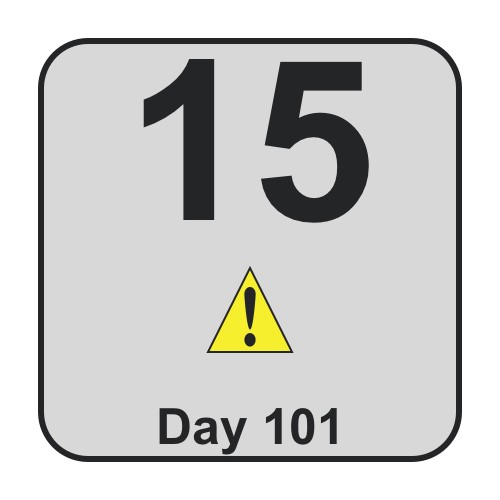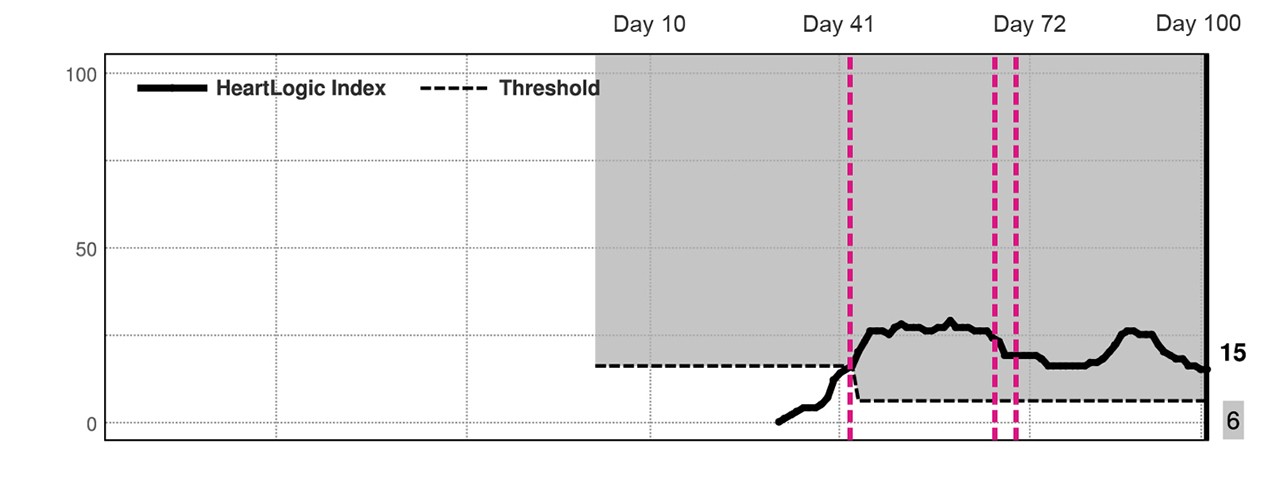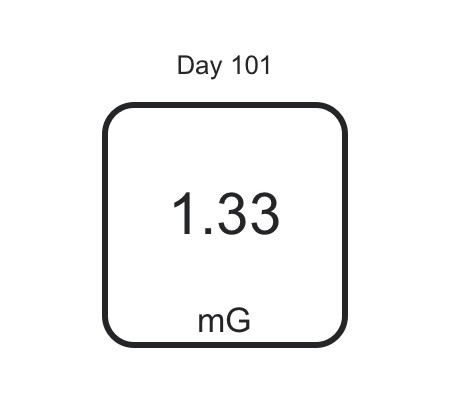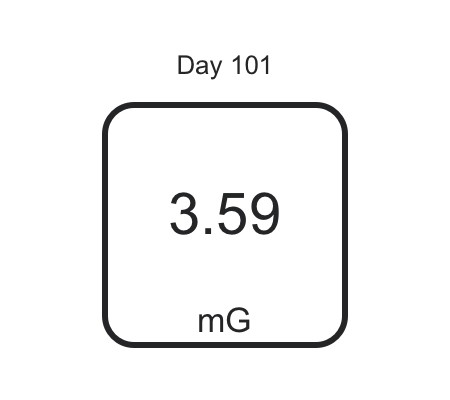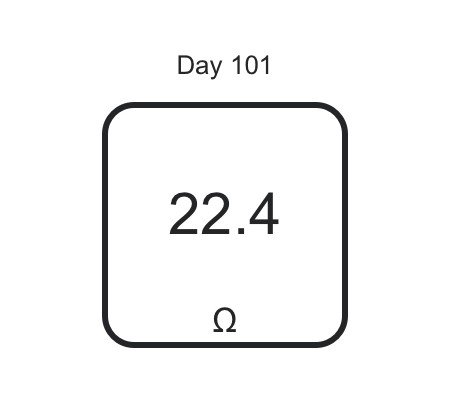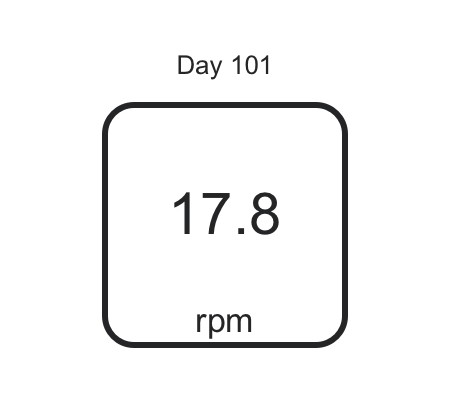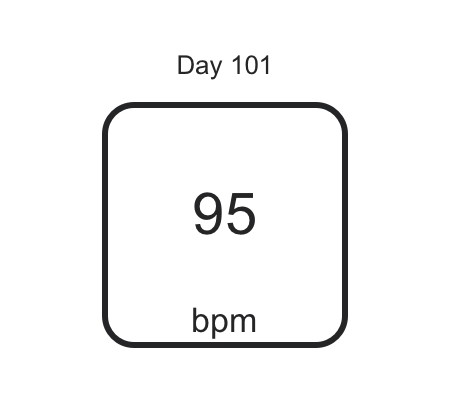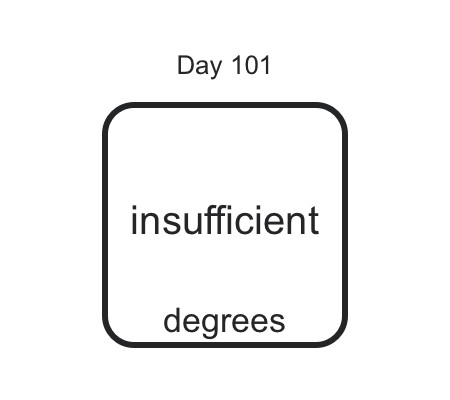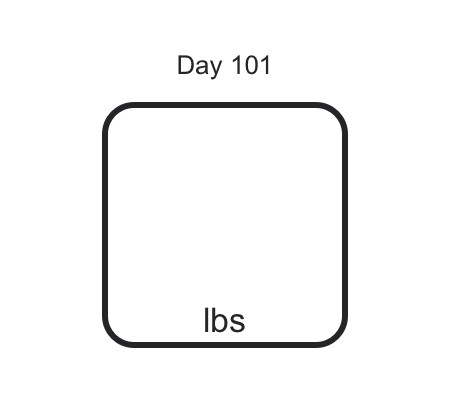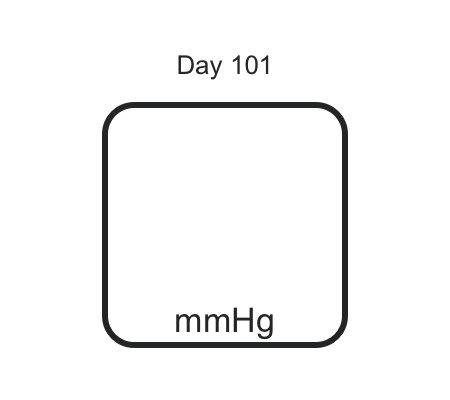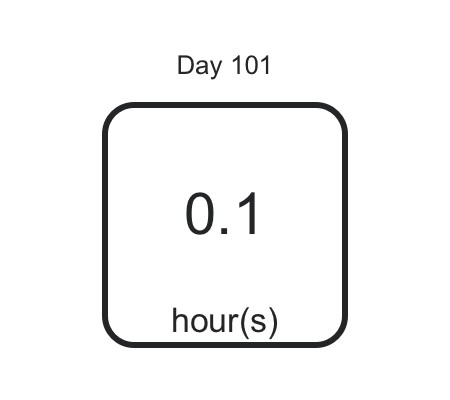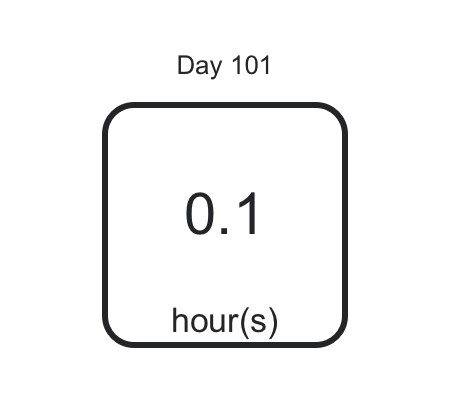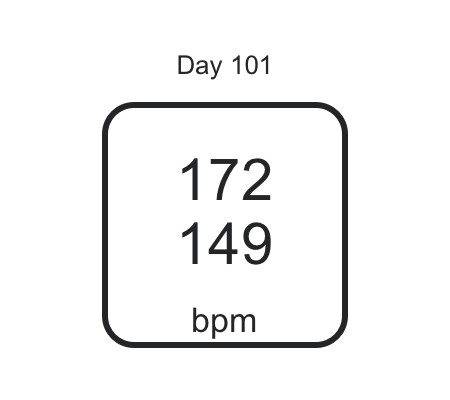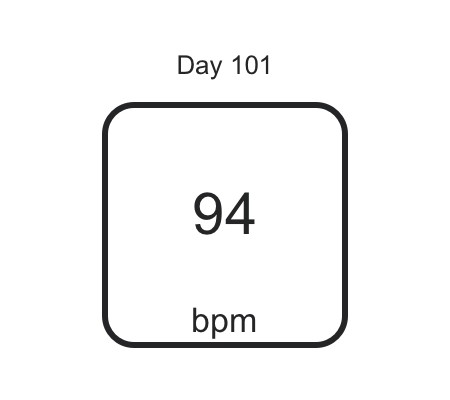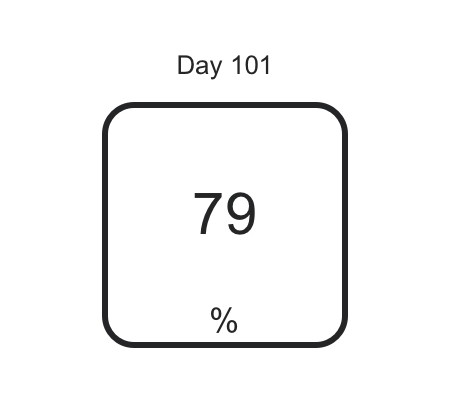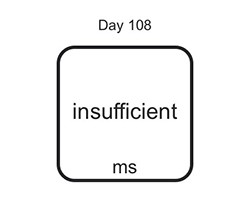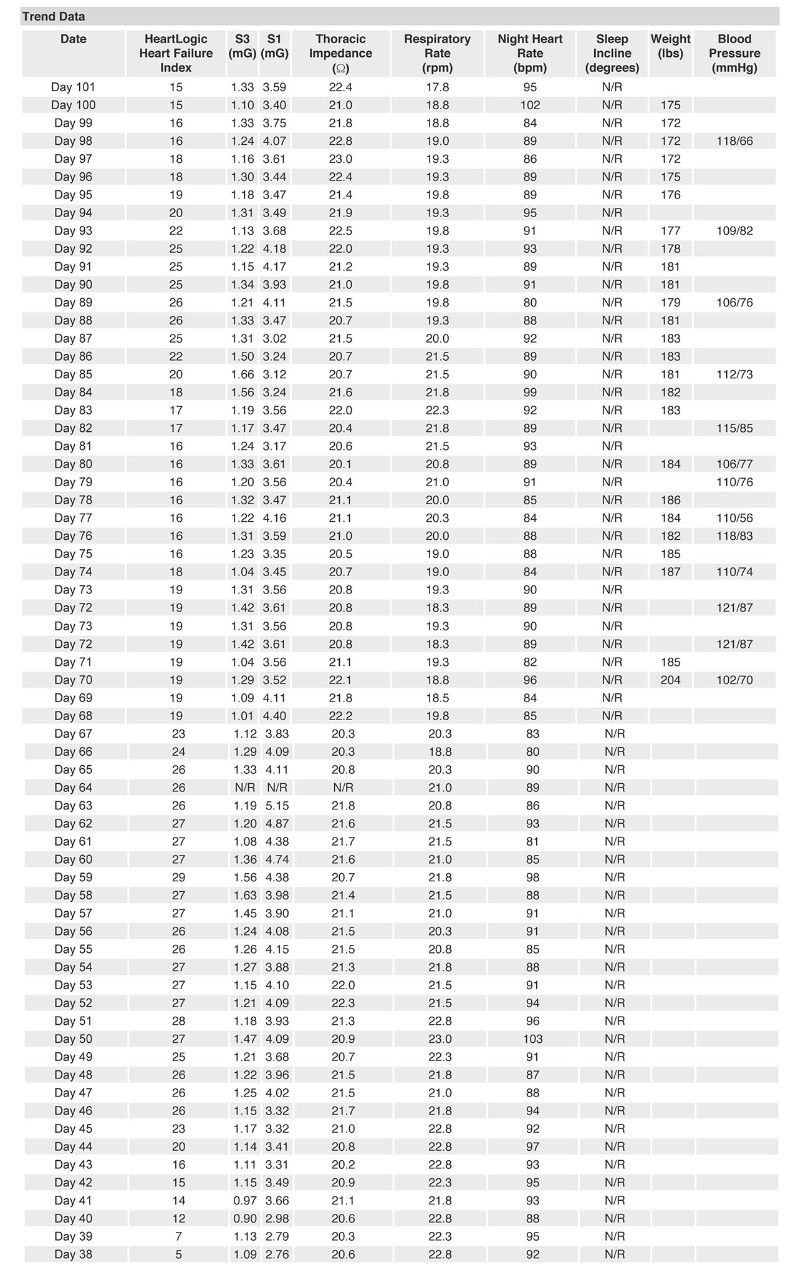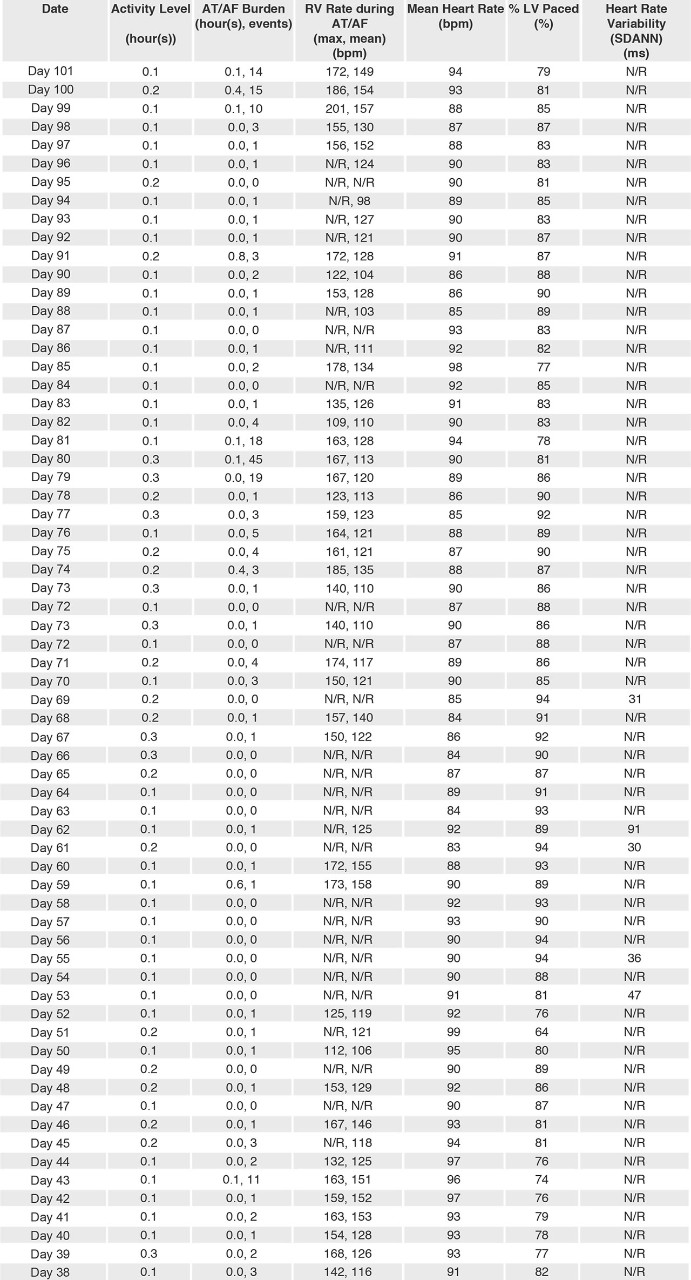
HeartLogic Alert Preceded Clinic Visit by 3 Weeks, Now Allows Remote Follow-Up of Patient
Summary
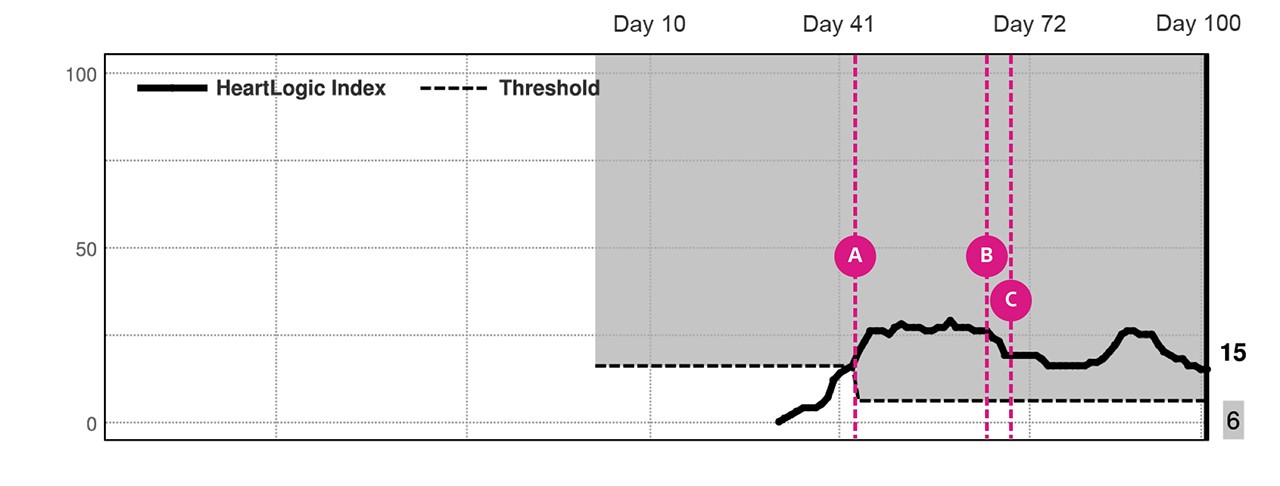
(A) Day 43: Following implantation of a Resonate™ family CRT-D, the patient failed to connect their LATITUDE Communicator. This prevented a HeartLogic alert from transmitting. At this time, the night heart rate, respiratory rate and S3 were all elevated.
(B) Day 64: The patient was seen in-clinic for worsening heart failure (HF) symptoms, the CRT-D was interrogated using LATITUDE Consult™ and the patient was started on Entresto®.
(C) Day 69: Following the clinic visit, the patient connected the LATITUDE Communicator and began using their Bluetooth®-enabled weight scale and blood pressure cuff. This recorded a 30-pound decrease in the patient’s weight over the following month. Note that thoracic impedance did not detect the worsening heart failure symptoms.
HeartLogic was able to detect worsening heart failure three weeks before the patient was seen in-clinic with visible symptoms, which would have been reported had the communicator being connected. Importantly, following medication adjustment and connection to the LATITUDE system, the patient was able to be followed daily via remote monitoring without in-office visits.
Clinical Data
HeartLogic™ Heart Failure Index
Explore More Case Studies
Discover the importance of a multi-sensor approach in evaluating worsening heart failure.
See how HeartLogic data during an ER visit led to a patient being treated for worsening heart failure.
See how a HeartLogic alert detected signs of worsening heart failure due to medication non-compliance.
References
1. Boehmer JP, Hariharan R, Devecchi FG, et al. A Multisensor algorithm predicts heart failure events in patients with implanted devices: results from the MultiSENSE study. JACC Heart Fail. 2017 Mar;5(3):216-25.
Results from the case studies are not necessarily predictive of results in other cases. Results in other cases may vary.

